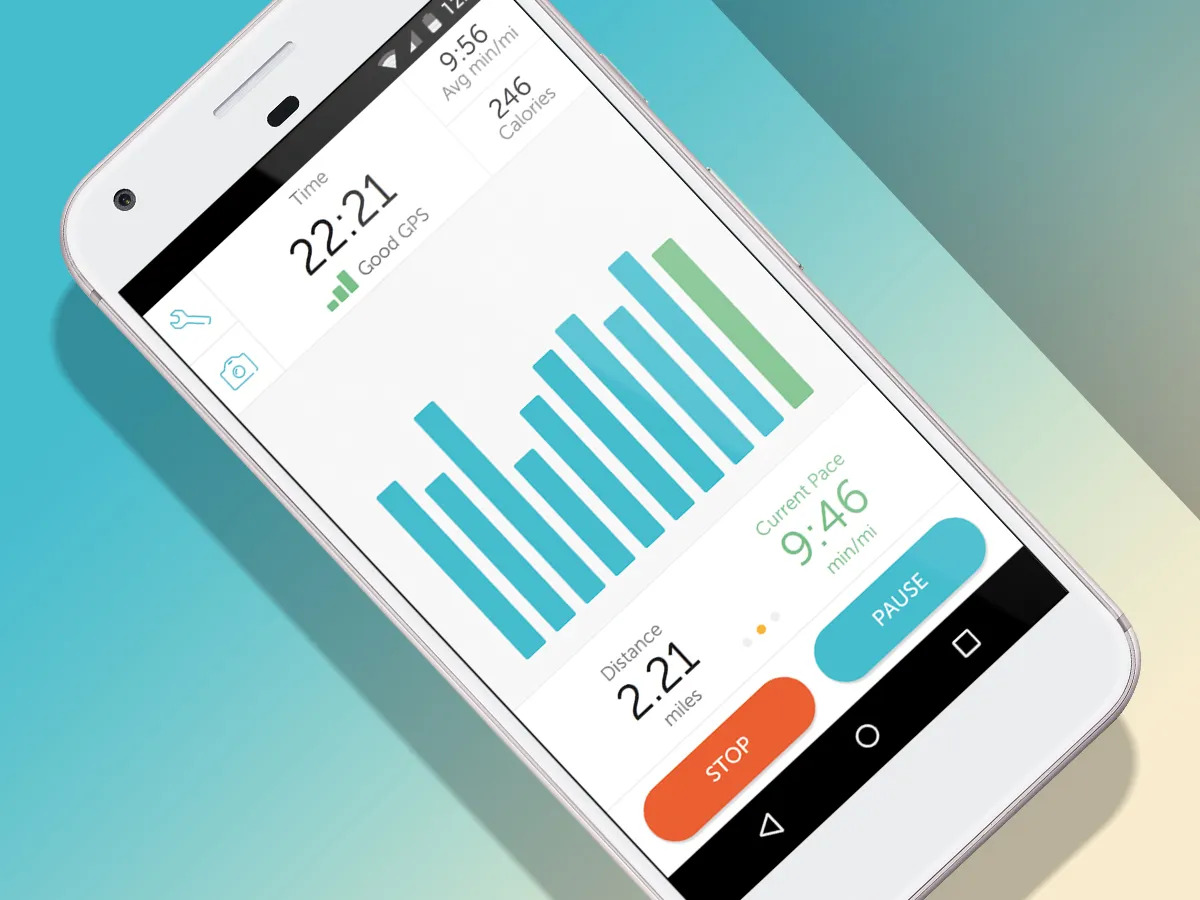
The Evolution of Android Applications
Android, introduced by Google in 2008, has come a long way since the first Android smartphone, the T-Mobile G1, hit the market. Initially, the platform featured simple games and utility apps. Over time, developers began creating more complex applications. The launch of the Google Play Store in 2009 made it easier for users to find and install apps, revolutionizing app distribution.
Development Tools for Android Applications
Creating Android applications involves specialized software tools. Two popular development environments are Android Studio and Flutter.
Android Studio
Android Studio simplifies the development process with features like:
- Integrated Development Environment (IDE): Includes code editors, debuggers, and project explorers.
- Code Completion: Suggests possible completions as developers type, saving time and reducing errors.
- Debugging Tools: Advanced tools like the debugger and logcat help identify and fix code issues.
- Testing Frameworks: Supports frameworks like JUnit and Espresso for unit and UI tests.
- Performance Optimization Tools: Tools like the Profiler and Memory Profiler help optimize app performance.
Flutter
Flutter, an open-source framework by Google, allows cross-platform development. Key features include:
- Cross-Platform Development: Build applications for Android and iOS using a single codebase.
- Widget-Based UI: Design and build user interfaces easily with pre-designed widgets.
- Hot Reload: See changes instantly without restarting the app, speeding up development.
- Dart Language: Easy to learn and maintain, ensuring smooth performance.
- Integrated Tools: Tools like Flutter DevTools provide performance insights and help with debugging.
Types of Android Applications
Android applications cater to various needs. Here are some common types:
Utility Apps
Designed to perform specific tasks, examples include:
- Weather Apps: Provide real-time weather updates and forecasts.
- Clock Apps: Display time and may include alarms and reminders.
- Calculator Apps: Perform mathematical calculations and unit conversions.
Productivity Apps
Help users manage time and tasks efficiently. Examples include:
- Task Management Apps: Organize tasks and projects using boards and cards (e.g., Trello).
- Email Clients: Manage emails on the go (e.g., Gmail).
- Note-taking Apps: Enable quick and easy note-taking (e.g., Evernote).
Social Media Apps
Connect users and allow content sharing. Examples include:
- Facebook: Connect with friends and family.
- Instagram: Share photos and videos with followers.
- Twitter: Share short messages with followers.
Entertainment Apps
Provide various content for enjoyment. Examples include:
- Music Streaming Services: Stream music from platforms like Spotify.
- Video Streaming Services: Stream videos from platforms like Netflix.
- Games: Offer a wide range of games from puzzles to action.
Security Measures for Android Applications
Security is crucial in app development. Key measures include:
Application Whitelisting
Ensures only approved apps run on devices, protecting against malware and unauthorized software.
Encryption
Protects user data by converting it into unreadable code, decipherable only with the correct key. Advanced methods like SSL/TLS secure data transmitted over the internet.
Biometric Authentication
Methods like fingerprint scanning and facial recognition add an extra layer of security, ensuring only authorized users access sensitive information.
Best Practices for Developing Android Applications
Creating high-quality applications requires careful planning and execution. Follow these best practices:
Organize Your Project Structure
Maintain a clean development environment by organizing files in logical folders like lib, assets, and test. Use meaningful names for classes and methods.
Utilize Widgets Efficiently
Use stateless widgets for static content and stateful widgets for dynamic content to ensure responsiveness and efficiency.
Hot Reload Your Code
Flutter's hot reload feature allows developers to see changes instantly, speeding up the development process.
Test Thoroughly
Write unit tests for logic and widget tests for UI. Use frameworks like JUnit and Espresso for comprehensive testing.
Use Version Control
Track changes in your codebase with Git. Commit changes frequently and use branches for features to avoid conflicts.
Optimize Performance
Provide a smooth user experience by avoiding unnecessary widget rebuilding. Use keys to preserve state and reduce memory usage.
Document Your Code
Maintain a well-documented codebase by commenting regularly and using README files for project overviews.
Stay Updated
Keep up with the latest releases from Flutter and Android Studio for improvements that enhance development.
Engage with the Community
Join forums, attend meetups, and ask questions to get help from experienced developers.
Use Plugins Wisely
Save time by integrating pre-built functionality from plugins. Use pub.dev to find useful packages.
Debugging Tools Are Essential
Utilize tools like Flutter DevTools for performance insights, debugging, and testing. Identify issues quickly and resolve them efficiently.
Android applications have transformed how we interact with technology. From utility apps to social media platforms, the diversity of applications is unparalleled. By understanding both Android Studio and Flutter, developers can create high-quality applications that meet user needs.
